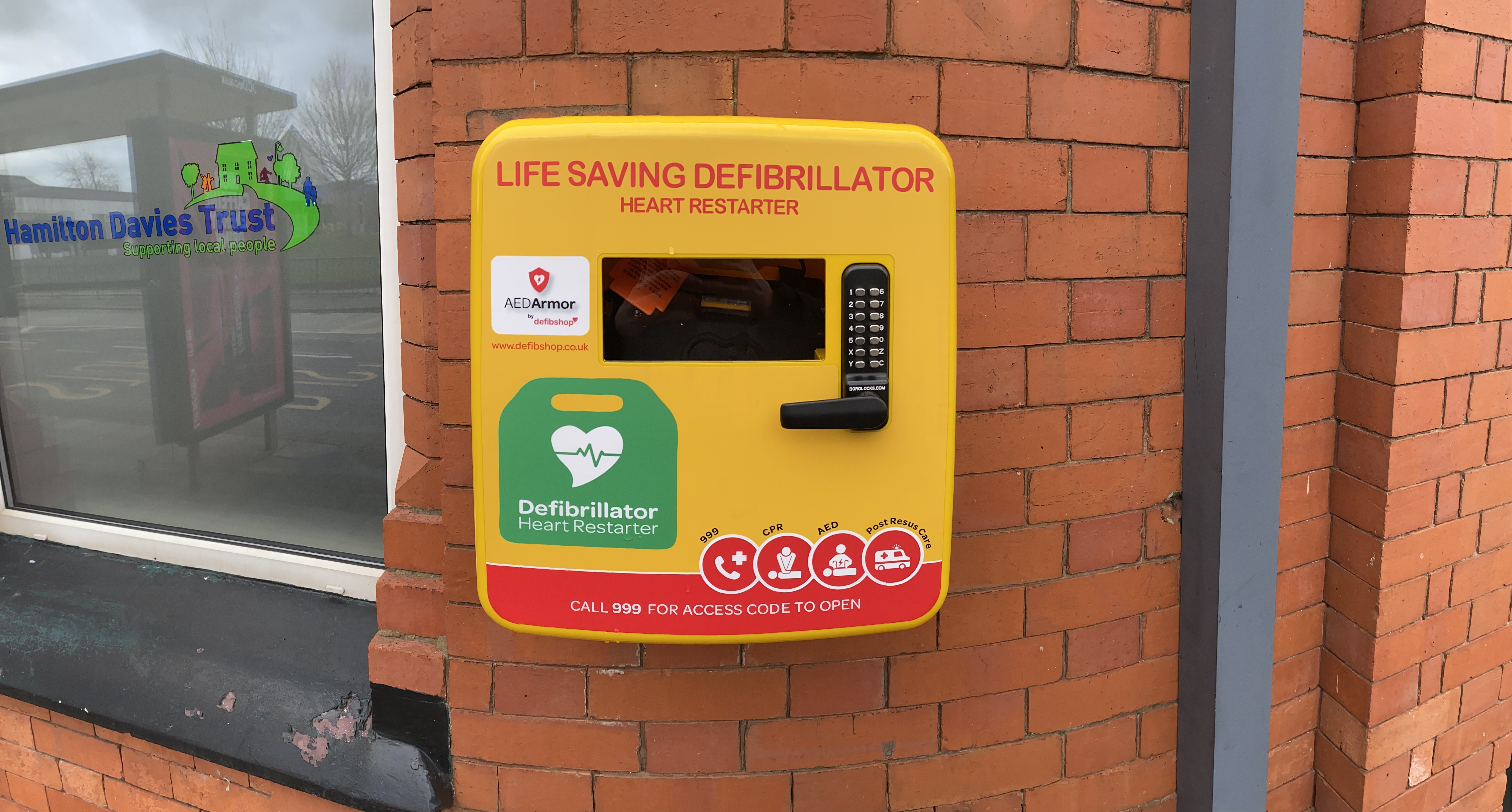What are the 5 P's of Defibrillation?

European data states there are approximately 60,000 out-of-hospital Cardiac Arrests every year in the UK. Without immediate treatment 90-95% of these arrests are fatal.
There are 5 P’s during defibrillation to be aware of. Do you know what these P’s are?
Pacemaker
A pacemaker is a small device placed into the chest or abdomen to control irregular heart rhythms. During an arrhythmia, the heart beats too fast or too slow, causing irregular blood flow. Pacemakers are designed to emit low-energy impulses to control the heart when it experiences an abnormal rhythm.
It is important to avoid placing electrode pads directly over internal pacemakers. Providing the pads are placed one inch away or more, the pacemaker is safe from the electrical shock.
If the pacemaker is already in shock sequence and the patient’s muscles contract in a similar manner to external defibrillation, allow 30 – 60 seconds for the treatment cycle to complete before delivering a shock from the defibrillator.
Piercings
It is safe to use a defibrillator on victims with body piercings.
During treatment, piercings do not have to be removed. This causes a delay leading to a lower survival chance. Leaving body piercings in causes no harm to the patient.
You should not place the electrode pads directly over body piercings, electrode pad placement should be adjusted accordingly to a minimum of 1 inch away from the piercing to continue treatment.
Perspiration
Every moment counts after someone has fallen victim to cardiac arrest; delivering the definitive treatment within 3-5 minutes of collapse increases the victims’ survival chance from 6% - 74%.
Any clothing or sweat on the patient’s chest is to be removed immediately. Perspiration hinders pad placement and stops the electricity from entering the patient’s body and passing through the heart. The charge would pass through the perspiration, making defibrillation ineffective.
Patches
Transdermal patches, including nitro-glycerine, nicotine, pain medication, hormone replacement therapy (HRT), or antihypertensive medication should be removed with a gloved hand and wiped before the electrode pads are placed.
Placing an electrode pad over a transdermal patch and delivering a shock causes burns to the victim’s skin.
Pendant
It is important that there is no metal resting between the pads as the electric shock will not pass through the patient’s body.
Pendants and other pieces of jewellery in the way or within 1 inch of electrode pad placement require removing prior to using the defibrillator.
Save a Life
For every minute that passes without treatment, the victim loses 10% of their survival chance; it is essential treatment is delivered as swiftly as possible and all 5 P’s are considered.
To learn more about the 5 P’s and how to save a life, explore our Training Courses.
defibshop are committed to equipping everyone with the skills and knowledge to save a life. Speak to one of our Product Specialists on 0161 776 7422 or fill out our Contact Form.












